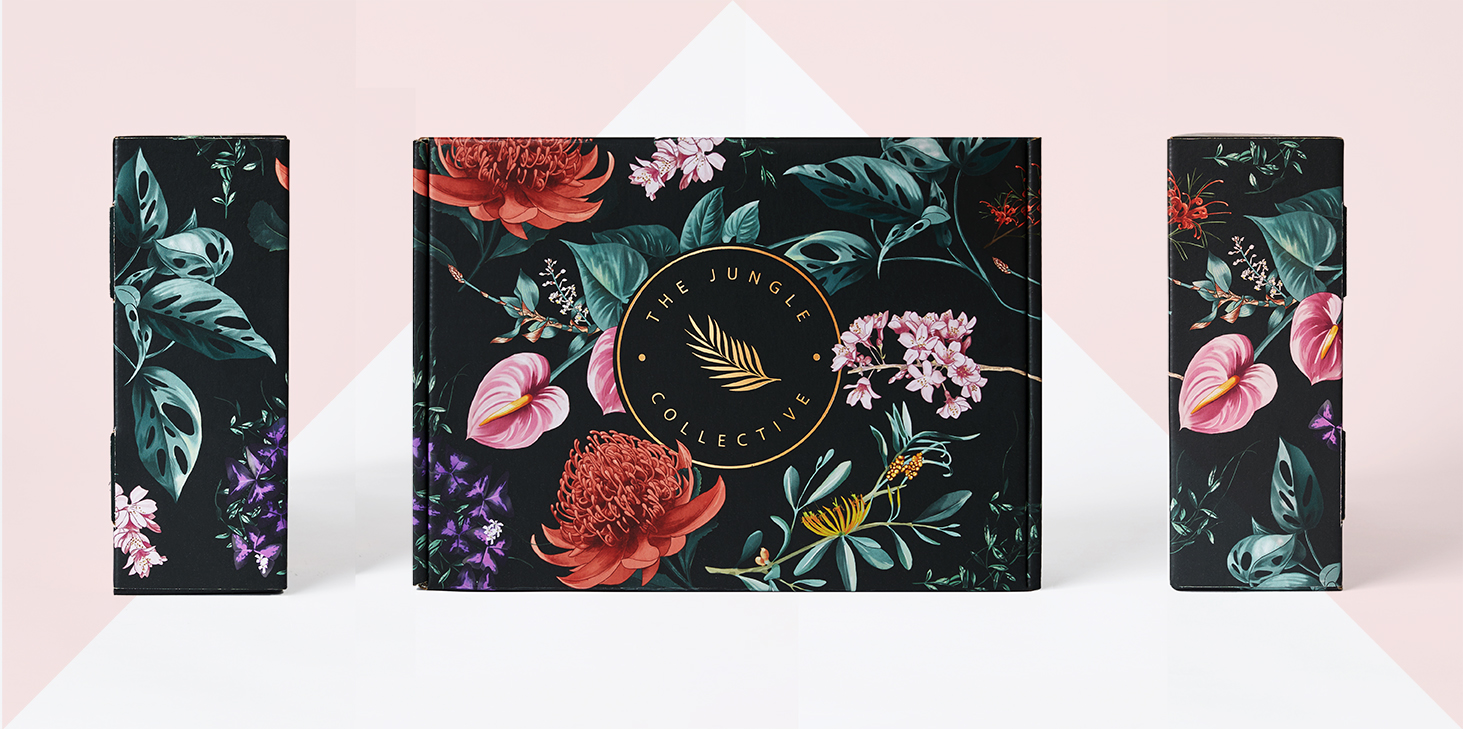
Congratulations on your recent Jungle Box purchase!
Time to lean back, put your feet up, play some feel-good Jungle Bangers & read all you need to know to keep your recent plant babies happy!

Congratulations on your recent Jungle Box purchase!
Time to lean back, put your feet up, play some feel-good Jungle Bangers & read all you need to know to keep your recent plant babies happy!

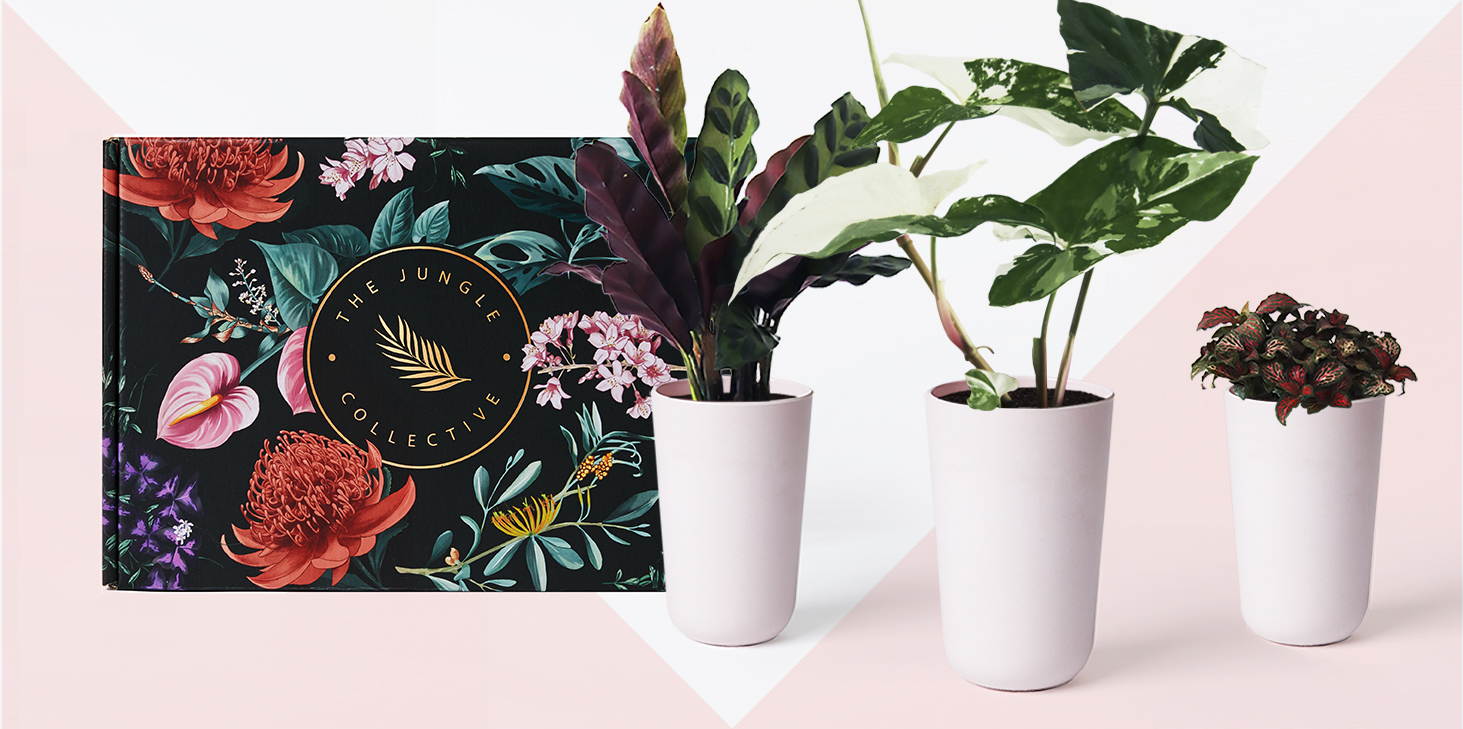
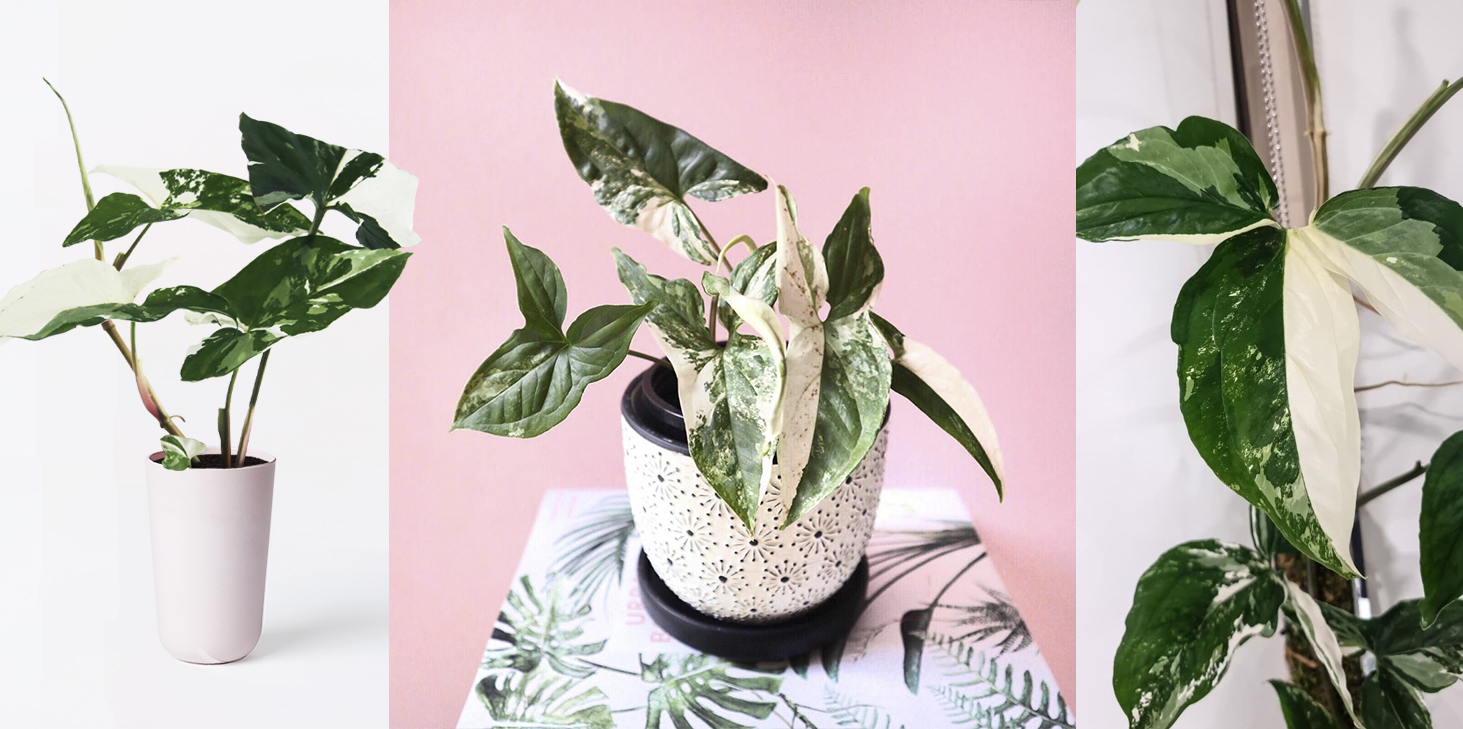
Syngonium podophyllum is the most grown species of the genus with many common names such as arrowhead plant, arrowhead vine, goosefoot or simply syngonium. It is a popular indoor plant because it is so dependable. “Fantasy’ is one of the most attractive and interesting variegated cultivars of this species because each leaf is patterned differently with stunning white variegation. The plant must be propagated from cuttings to maintain the variegation.
If new leaves begin reverting back to full green cut back to encourage new growth from stems with stronger variegation, which will have a higher chance of shooting out variegated leaves.
As far as rare plants go, the Syngonium Fantasy is a low maintenance option, is a relatively fast grower and propagates easily.
Syngonium podophyllum comes from Central and northern South American where it grows as a vine up the trunks of tropical rainforest trees, secured by its roots. In this environment, the plant is rained upon very regularly and fertilised with a very dilute solution of nutrients from decaying plant material above it on the tree. The roots then dry off between rain showers in the gentle breezes.
This means that in cultivation, the plant can either be grown up a support, trailed along a surface or trailed from a hanging basket. It needs to be potted in a free-draining mix that is kept just moist by watering several times per week in summer (or until the soil has dried down a few centimetres) but less in winter. Never stand the pot in a saucer of water. If the soil dries out too much, the edges of the leaves will turn brown. Fertilise regularly but sparingly. The plant grows best in bright indirect light (to maintain the best variegation) with as much humidity as you can provide by grouping your Fantasy with other plants, running a humidifier, or misting the foliage. Dust the leaves monthly to keep them at their best efficiency.
Eventually the vines can become too long to manage easily and then it is time to take cuttings and start new plants or pot back into the mother pot to make a denser display. Cuttings root easily in water or moist soil. Repot every 3 years or so.
Syngoniums are relatively pest-free but occasionally you may encounter spider mites (especially if the humidity is low), or mealybugs.
Like other aroids, syngoniums contain calcium oxalate crystals and are toxic to pets and humans.
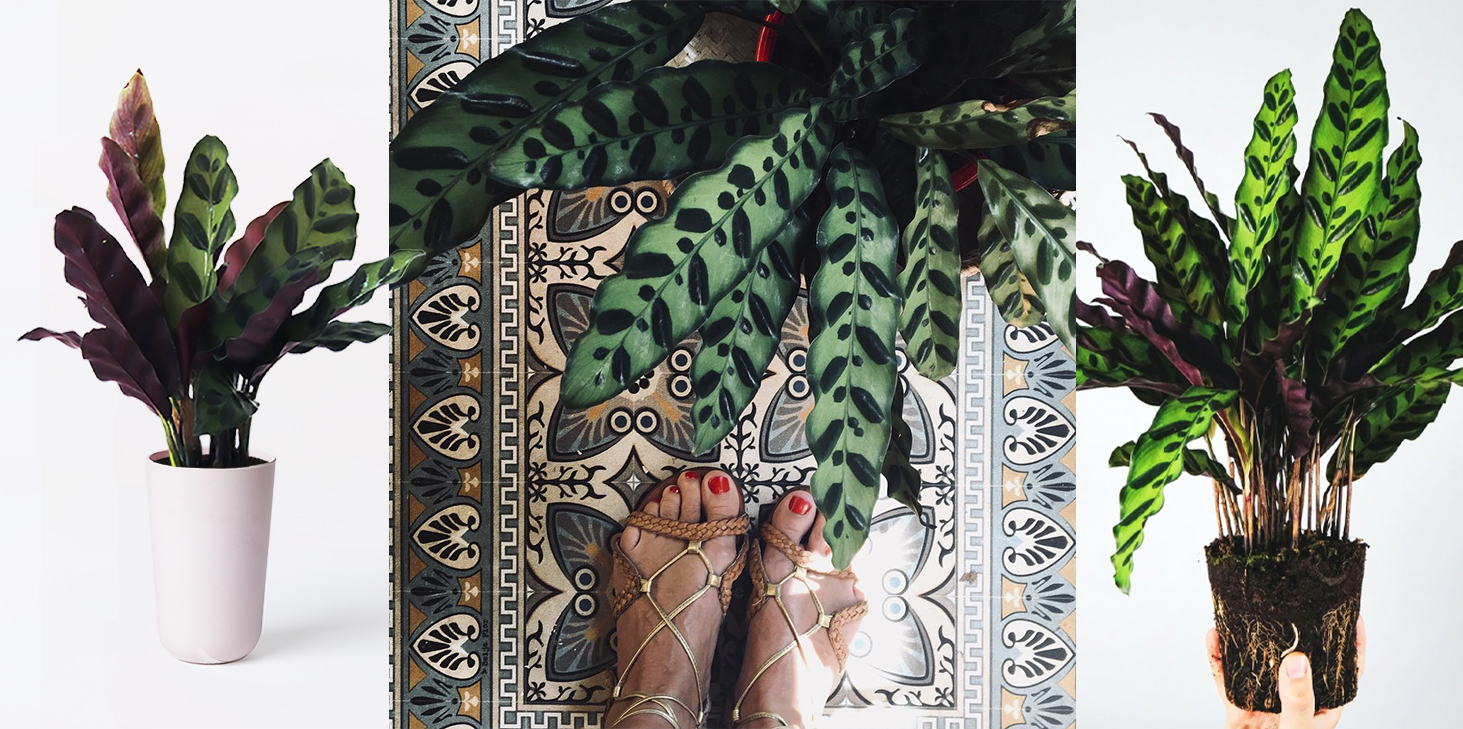
Calathea insignis (syn. Geoppertia insignis, Calathea lancifolia) Rattlesnake plant
(Family Marantaceae)
About 200 species formerly in Calathea have been reclassified to Geoppertia, leaving about 60 in Calathea. For the purposes of these notes, we will use the familiar name.
This is a striking plant with sword-like leaves with wavy margins, strong markings on the upper surface and deep purple below. It is slow growing but eventually will clump up into a striking specimen plant (up to 1m tall and 1 m wide). The leaves fold together at night and open out again in the morning.
Its natural habitat in Brazil is the warm, damp, and shady forest floor. That means it does best in low to medium indirect light. If the light is too bright, the colour of the leaves will fade. Plant it in a well-draining yet moisture-retentive mix (for example coir peat plus perlite) and water as soon as the top few centimetres of mix is dry. Fertilise regularly with a weak solution of fertiliser while the plant is in active growth. Although Calathea insignis is more tolerant of low humidity than other species, maintain at least 50% relative humidity and 15°C for best growth. Grouping your plants together is a good way to raise the humidity slightly (and get that jungle look).
Only repot every two years or so in Spring as it does not tolerate a lot of disturbance. Do not remove all the old mix from around the roots, just loosen the roots slightly and move the root ball into a slightly larger container and backfill. This is the time to divide the divide the plant if required.
Spider mites are the most common pests, especially when the humidity is low. Aphids and mealybugs are also common. Brown edges to the leaves indicate low humidity, dry soil, excess fertiliser, or direct sunlight. The leaves can discolour or develop leaf spots due to fungal infection if the leaves get wet and cold. Wipe the leaves with a soft damp cloth occasionally to keep the plant looking good and to check for any incipient pest problems.
Having said all that, Calathea insignis is one of the easiest Calatheas to grow and good one to start your love affair with Calatheas.
Calathea insignis is not toxic and safe for people, cats, and dogs.
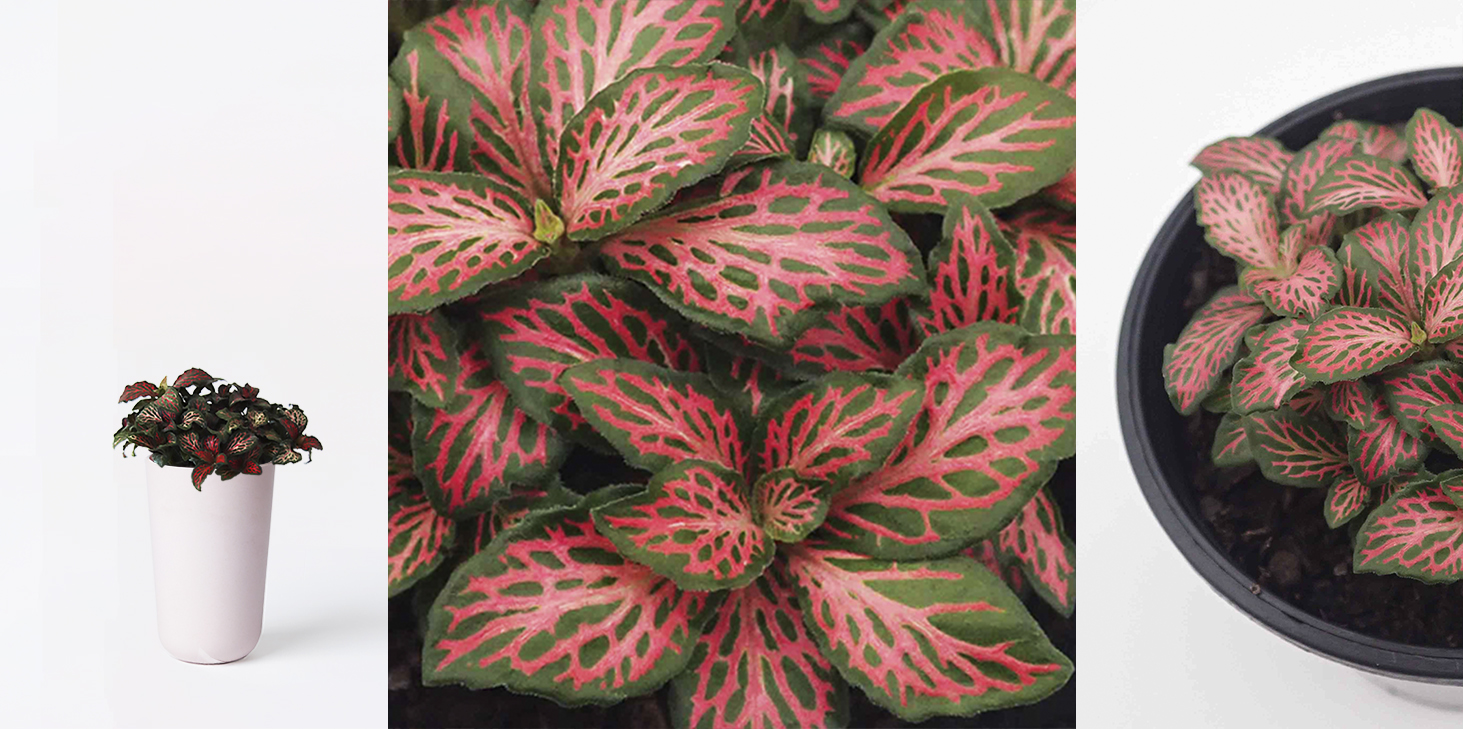
Fittonia albivenis ‘Firetail’ (Family Acanthaceae)
Fittonias are often called nerve plants in reference to the intricate leaf veining. They are small, creeping plants that only grow about 15cm high. Firetail is a particularly attractive cultivar.
Fittonia albivenis comes from northern South America, where it grows on the floor of the rainforest where the light is dim, the rainfall is high, humidity is high, and the soil is well-drained but nutrient poor. This means that to grow it well, you need to provide low to medium light, high humidity, regular watering and light fertilising during active growth. One of the best ways to grown your Firetail is in a terrarium.
Firetail has very shallow roots and no water storage organs, so it is critical that the mix is never allowed to dry out completely. Repot in spring into a well-draining but moisture-retentive mix such as an African violet mix.
To keep the plant bushy and full, pinch off the ends of longer stems. These plants are not particularly pest-prone but keep watch for the usual indoor plant pests. Because it is necessary to keep the soil moist, fungus gnats may be a higher risk.
Fittonia albivenis ‘Firetail’ is not toxic and safe for people, cats and dogs.
(Epipremnum Cebu Blue, Variegated Wax Ivy & Philodendron Birkin)
(Syngonium Fantasy, Calathea Insignis & Fittonia Firetail)
(Scindapsus Pictus Argyraeus, Calathea Ornata, Rhaphidophora Tetrasperma)
(Ludisia Discolor – Jewel Orchid, Syngonium Fantasy, Dieffenbachia Compacts)
With more than 50,000 happy online customer orders fulfilled, we pride ourselves on hand delivering the best quality plants to your door. As a living thing, incidents can happen though so if any item arrives

damaged or not to your satisfaction please notify us within 7 days of delivery, and we will offer you a replacement, refund or credit. We’ve got your back! Click here to read more about our Guarantee.

With more than 50,000 happy online customer orders fulfilled, we pride ourselves on hand delivering the best quality plants to your door. As a living thing, incidents can happen though so if any item arrives damaged or not to your satisfaction please notify us within 7 days of delivery, and we will offer you a replacement, refund or credit. We’ve got your back! Click here to read more about our Guarantee.
2Add Desiginer pot discover